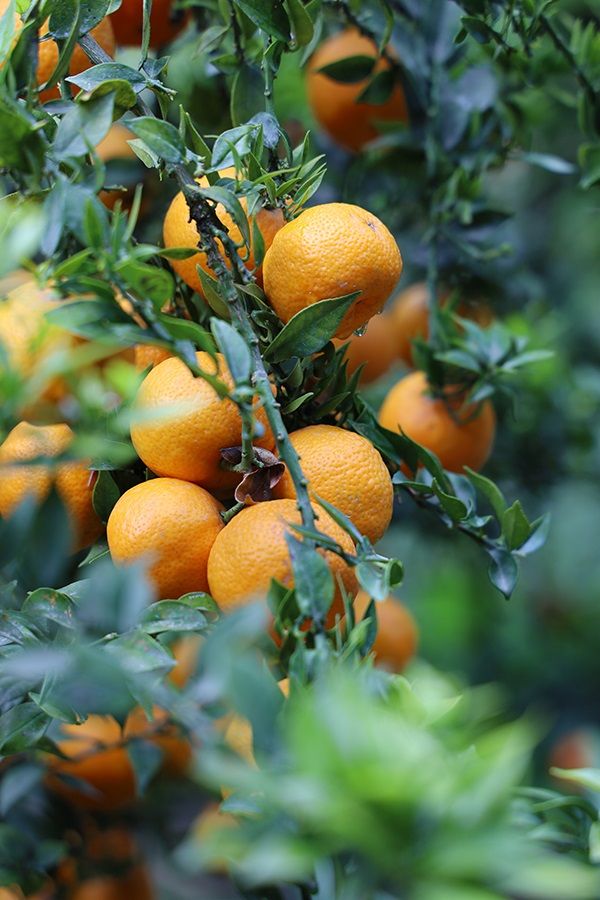Chinotto di Savona


Chinotto di Savona

The Chinotto, a product of the Slow Food Presidia, has been cultivated in Liguria, particularly in the Savona area, for approximately three centuries. These Chinotto trees flourish in a coastal region that spans from 2 to 300 metres above sea level, situated between Varazze and Finale Ligure, and extending into the adjacent valleys.
Insights
The Chinotto is considered a mutation (gemmaria) of the bitter orange. The fruits are packaged in various ways: they can be candied, preserved in syrup, made into liqueurs, elixirs, marmalades, and mustards. While the export of Chinotti was once very active towards England, the Americas, and especially France (which, until a few years ago, absorbed three-quarters of Ligurian production), this trade has practically ceased to exist.
Features
Citrus myrtifolia Raf. (synonyms: Citrus sinensis Pers., Citrus aurantium var. amara L.), known as the Chinotto, is an evergreen shrub native to China and Cochin. The fruits grow in clusters and are small, weighing less than 50 grams, approximately the size of a large apricot. They are spherical but slightly flattened at the base, and can be either seedless or contain small seeds. The skin is extremely thin, yellow-orange in colour, and intensely fragrant, while the flesh is yellow, not particularly juicy, slightly bitter, and contains 8 to 10 segments.
How it's made
The Chinotto is grafted onto pomegranate or Poncirus trifoliata. Production begins four years after planting. The harvesting of the fruits occurs in a staggered manner: from mid-September to December, picking one-third of the green fruits and two-thirds of the yellow and orange fruits. On average, a plant can produce between 400 and 500 fruits of various sizes and degrees of ripeness during its productive period. Commercially, the fruits are classified as regular (18 grams and above), medium (9-17 grams), and small (less than 9 grams).
Experience a journey through ligurian flavours
- Recipes
- Itineraries
- Experiences



